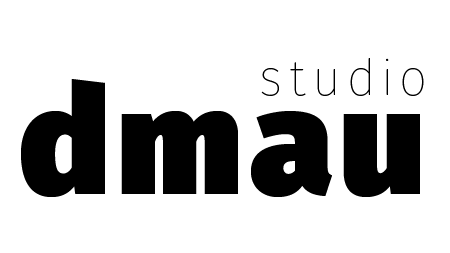Re-Learning Public Space
Our Gridgrounds project at Breedveld in Plan van Gool in Amsterdam Noord has been selected as part of the Ludic City programme for the Wageningen Action Research event in Amsterdam on 28th of June. As part of this, we will be giving a tour of the site and taking part in a workshop and discussion at de Ceuvel.
The description from the Wageningen event website:
The event is part of the AESOP series “Unstable geographies, dislocated publics” of the AESOP Thematic Group Public Space and Urban Cultures. AESOP is a European network of researchers, teachers and practitioners in the field of planning and design
The Ludic City
Amsterdam has a longstanding legacy of progressive movements and creative interventions in public spaces. The latter has served across time as the main vehicle for developing a mature participatory culture, which shares strong ties to the fundamental activity of play. Whether we take as reference Aldo van Eyck’s work on urban playgrounds, the Situationist manifesto, or the more recent history of social centres and creative breeding places, play activities, in all their forms, provided a fertile ground for stimulating social inclusion and learning in the city.
The Ludic City exploration problematizes enrolment through play as a transient form of citizenship and course of action to address the challenges, rules and imaginaries that govern various urban playgrounds. Exploring this route will enable event participants to reflect upon multiple instances of play, from playgrounds designated for children, traceurs and even local artists, to ones that accommodate all sorts of urban experiments and sustainability transitions in Amsterdam.
The main question to be addressed:
In what ways do the explored instances of play enable or inhibit forms of empowerment and ownership in the use of public spaces throughout the city?



